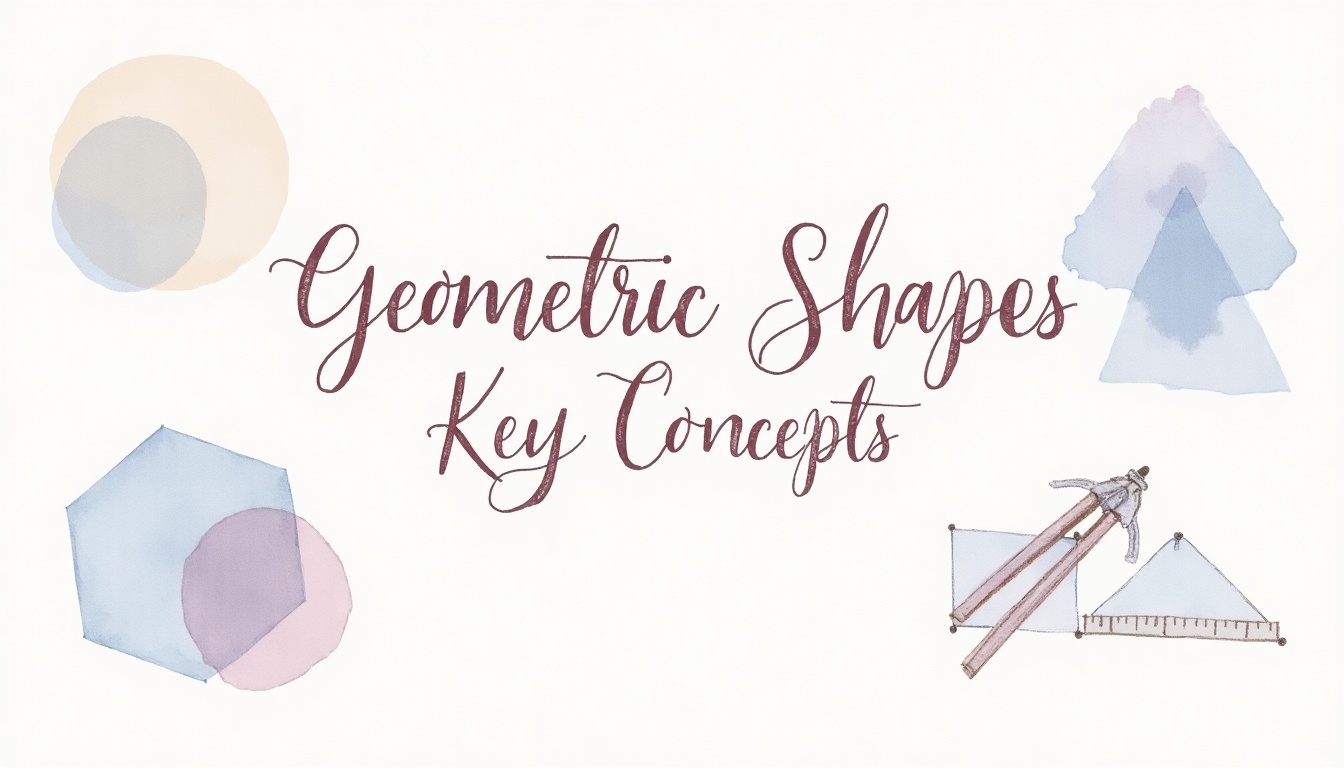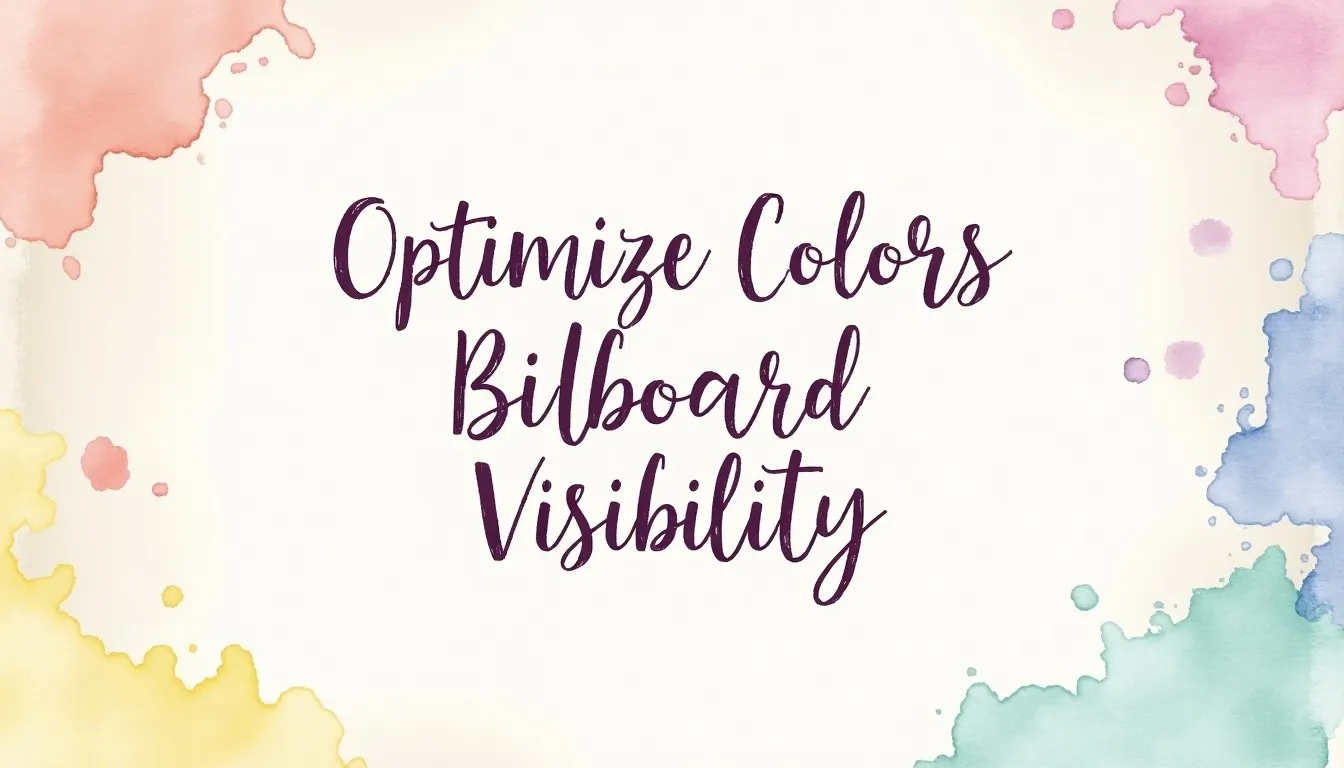Design thinking and its importance is a unique concept in the world of UX/UI designing. Here, we apply new methods to solve problems creatively. However, the exact definition of design thinking is “Design Thinking is an iterative process in which we seek to understand the user, challenge assumptions, and redefine problems in an attempt to identify alternative strategies and solutions”.
Draftss has also helped its clients to develop substantial e-commerce platforms with unlimited graphics designs. This includes illustrations, WordPress, HTML, and more for building your website, brand, etc. you can check on our website at draftss.
The key ingredient is that it’s a human-centered process. As a UX Designer, the user must be at the forefront. This means you need to be able to empathize. Design Thinking creates a breeding ground for empathy. Moreover, it’s easy to recognize a product that has the users’ needs in mind versus one that doesn’t. That’s not to say that business goals aren’t equally as important. But UX is all about finding a balance between a user’s needs and the business’s needs. Incorporating the principles of Design Thinking and will provide a foundation for finding the common ground between the two which is its importance.
There are 5 distinct phases of Design Thinking:
- Empathize — with users
- Define — users’ needs, their problem, and your insights
- Ideate — challenge assumptions and produce ideas for innovative solutions
- Prototype — begin creating solutions
- Test — solutions

Building Empathy For Your Users
Empathy is not only applicable to UX. It’s an important life skill to have and one that will be beneficial in the workplace and beyond. However, even if you consider yourself an empathetic person, it can be easy to lose sight of how to connect with the user. So, how can you ensure this doesn’t happen?
The first step is getting to know your users. This is not just about understanding what the target client wants and needs. Rather, this step is about taking the time to fully grasp users’ thoughts, emotions, and desires. When you have a sense of empathy for the people you’re designing for, you will gather insight into their needs, wants behavior, and thoughts. As we make observations, it’s best to keep our judgments aside. You want to avoid having your assumptions or experiences create any sort of bias. Make sure to ask questions and truly listen to what the user says. Conducting interviews is a useful method for connecting with customers. Before the interview, it’s productive to generate themes and questions you want to highlight in your conversations. This ensures you are staying on topic and getting at the heart of what you want to learn from these interviews.
If you keep in mind these practices and follow these steps, then you will be well on your way to building empathy for your users.

Defining the Problem
Once you have a solid understanding of the people you’re designing for, you can begin to define the problem. Now that you have expert knowledge of how to empathize, you should create a human-centered solution. During this part of the process, you need to synthesize all of your insights from the interviews and observations. Once that is done, you can create a clear problem statement, which will help you produce a relevant solution. Here, comes the basic importance of design thinking in the field of UI/UX designing.
Once you have done these 2 steps, it’s time to create a problem statement that will ensure you are going in the right direction for the rest of the project. A problem statement should be human-centered and limited to a task that feels manageable. It should also be broad in the sense that it leaves room for creativity to flow and doesn’t pinpoint specific solutions. You don’t want to restrict your team from exploring a wide variety of solutions, so it’s a best practice to avoid noting technical requirements in your problem statement.
Ideation Time
Let the brainstorming begin. It’s time to start generating potential solutions based on all the prior research and synthesizing you have done. It’s important to still keep in mind the human-centered approach. Your solutions should reflect the user research and key themes you have pulled from the information you gathered in the previous phases.
During this stage, you should start by generating as many ideas as possible. Later on, you will narrow down these ideas to just a few. For now, use this as your chance to think outside the box and be as creative as possible. Sketch as much as you can to create an environment where ideas can grow and flourish. This will help you produce innovative solutions that may not be obvious at first. Ideation allows you to challenge assumptions and deepen your understanding of the user and their needs. Ask questions and re-evaluate beliefs. As Don Norman describes, so-called “stupid questions” are exactly how you acquire the necessary knowledge to build a great product.
Prototype
Now it’s time to bring your ideas to life. This is an exciting stage, as you will start designing potential solutions that you will eventually test with users. It’s important to note that you aren’t producing a finished product just yet. In this phase, you should focus on a more scaled-down version of the product. The IDF discusses the use of prototypes.
“Prototypes are built so that designers can think about their solutions in a different way (tangible product rather than abstract ideas), as well as to fail quickly and cheaply so that less time and money is invested in an idea that turns out to be a bad one.”
The key takeaway here is to fail quickly and cheaply. Before you invest too much time and resources into the product, you first collect feedback from users with a less robust version. As you gain insights, you can go back to the drawing board and iterate on your prototype. Test and iterate until you feel confident in your solution. Start with low-fidelity prototypes and move onto high-fidelity once you test and analyze the results. Most importantly, remember to build the prototype with the user in mind.

Test Your Solution
Use this stage as an opportunity to redefine any problems, and learn more about how your users feel, think, and behave. The testing phase allows you to understand the customers and how they interact with the product.
It’s crucial to seek feedback as much as possible. Observe how the users interact with the prototype and ask them to speak their thoughts aloud. Try to avoid over-explaining the prototype or showing them how it works. This is your opportunity to see their reactions and detect usability issues. However, you should ask follow-up questions and get clarification if you are unsure of what the user means. This is another importance of design thinking.
Testing may confirm your hypotheses or signal that you should restart the process, but it doesn’t matter whether the feedback is negative or positive.
Conclusion
Design Thinking is about iterating and improving, as you move fluidly through each step. Remember that these 5 stages are non-linear, and you might find yourself cycling through each one several times before landing on the right solution. Think of the process as a general framework, and allow yourself to repeat steps or move in whichever order you see fit. Regardless of the path, you take to get there, implementing a Design Thinking methodology will set you and your users up for success.
You can try out draftss for an excellent experience and increase your product marketing. We provide premium quality services on unlimited graphic designs, WordPress, Webflow, HTML, Illustrations, Websites, Landing pages, Dashboards, App UI/UX, and many more. Here we provide our clients with 73+ types of design and code services.






















